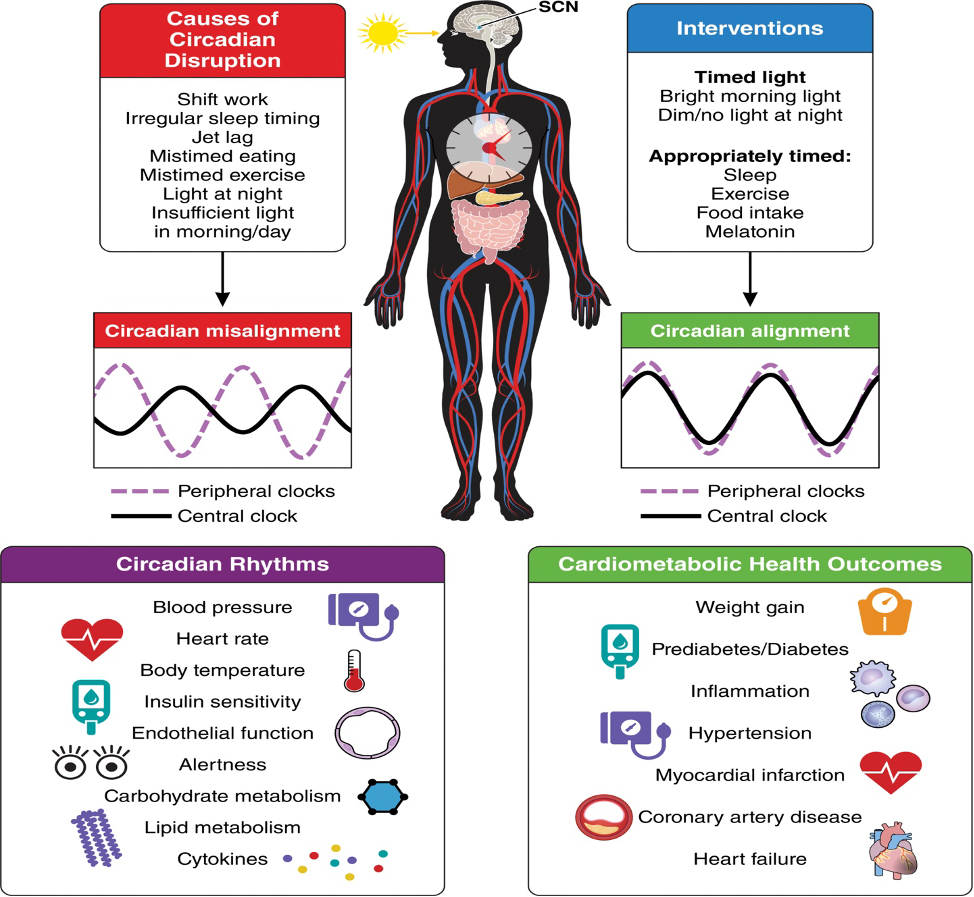By Mark Smith
•
December 22, 2025
Health News Update: Tending Your Temple 12.22.25 Hello everyone, and Merry Christmas to you! Health Update: Predictable Crisis Hello everyone: As we celebrate this Holy time and the start of a new year, I want to just speak to you heart to heart. Most of us know that our physical body has been deemed to be the Temple for us to experience this worldly life. Additionally, we are meant to be stewards and caretakers of this awesomely wrought and magnificent Temple. While this may mean different things to each of us, most of us agree that taking care of the Temple involves a health promoting lifestyle. From interviewing thousands of patients, I have seen that deep within each of us there is a feeling or a knowingness of how well we are tending our Temple. And what emerges from these discussions is that most of us have never been taught or shown or educated on the concept of the need to be good stewards and how to do that. For me as a healthcare practitioner, science allows me to peer into God’s creation and be filled with awe and wonder. And yet as great as science has gotten at treating the leading causes of death and disability, it seems to have forgotten that recovery depends upon our innate healing abilities which in turn depends upon our food choices. Chronic unhealthy food choices really do affect your quality of life as well as what diseases or disabilities you may get, along with your ability to recover from them or to even prevent them. On top of that, science now recognizes how food choices have shifted over time and how this is leading to environmental destruction and contributing to climate change. The old saying “Let Food Be Thy Medicine” now applies to each of us as well as the planet. We Have Created a Predictable Crisis Nowhere can this be as easily seen as with the mismatch we are creating between what our body needs and what we are feeding it. Poor food choices, lack of physical activity, and stress drive the leading causes of death and disability. These facts are undeniable, and science has verified this many times over. What do we think will happen when we put diesel fuel into the gas tank? What are we thinking when we put drive-through into a Holy Temple? Each of us can do better and we all should try every day. Poor nutrition is now known to be the leading cause of death and chronic illness…and thus massive and needless suffering. Today, 8 out of 10 of the causes of death and disability are chronic inflammatory degenerative illnesses that are caused, perpetuated, aggravated, and sustained by food choices. Our societies current reactive approach to health care, without improving the underlying health of the patient, is expensive and has led us to the era of predictable yet unnecessary chronic illness, death, and disability. I am truly fortunate to have witnessed people recover their health through simple dietary upgrades. These people were patient, committed, and took one small step at a time until they had transformed their health, their kitchen, and in many cases, they assisted in the transformation of their entire family to better health and wellbeing. This transformation is available to you, too. If you have a chronic health condition, or want to avoid one, you have nothing to lose and everything to gain by going predominantly plant based. Go into this upgrade with a 100% commitment for 6 months and see how it goes. Don’t you owe it to yourself to live a life congruent with your true nature? Shouldn’t we have the self-respect to make the best choices as to how we tend our Temple? Simply by making your food choices compatible with your nature, it is possible for you to massively improve your health and simultaneously feel better about your stewardship of the Temple and the planet that sustains it. Consider for a moment, how good it will feel to live in alignment with your true Nature. If you can imagine that, then you can achieve it! All of us here at Richmond Chiropractic Neurology wish everyone a healthy, safe, happy, and loving Holy Day and Blessed New Year!





